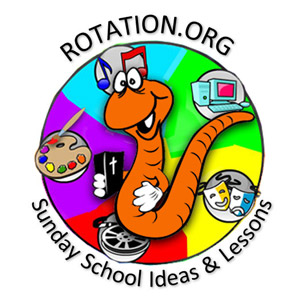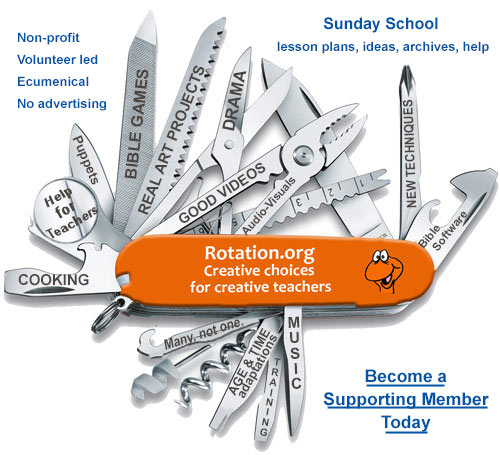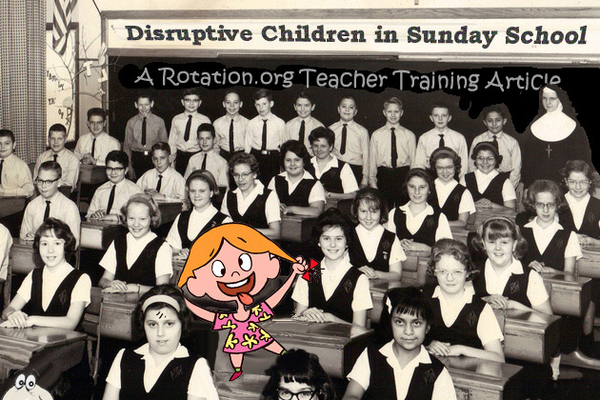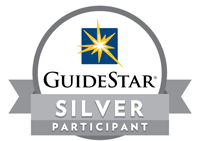Classroom Management and Discipline Advice and Resources.
Feel free to add yours to this topic by replying below.
Classroom Management and Discipline Do's and Dont's
By Edla Prevette
Copyright Kirk of Kildaire. Used here with permission. May be used for non-profit uses only. Originally posted by member Catherine from the Kirk of Kildaire.
Use Preventative Approaches
Be informed and consider the temperament and development stages of children
Provide consistency in routines and schedules
Plan transition times (signals, games, songs)
Give positive attention (greet children, compliment appropriate behavior)
Modify environment (materials in baskets ready to set on the table, equipment arranged, puppets on the table)
Offer choices (have other activities to choose from)
Vary active and quiet time (journals are particularly helpful for closure and transition)
Reduce boredom and use novelty (props, music treats)
Use proximity control and surface management techniques (“the look”, touch, stand close, walk the room)
Offer many visuals and auditory cues (directions, examples, goals, behavior covenant, memory verse)
Set Clear Expectations
Set positive limits (avoid “Don’t...” instead try “I need you to....”)
Develop a firm approach with voice, body language and words
Phrase requests as statements not questions with yes/no answers (avoid adding “OK?”)
Organize presentation and materials in a sequential manner
Limit choices
Have Behavior Covenant posted and refer to it regularly for positive/negative behaviors (“I like the way Suzie is respectful of the equipment”)
Increasing Desired Behavior
Teach and model the desired behavior
Redirect to an appropriate activity (have other activities available... books, crossword)
Offer special time with an adult
Have classroom jobs available
Provide opportunities for children to share
Talk with children about their interests
Extinguishing Negative Behaviors
Use natural/logical consequences
Use “cool down” instead of “time out” (positive focus... same result)
Use signals as a concrete way to tell children of their misbehavior (stop sign, finger to lips, dimming lights, avoid Shhh Sh Shhs)
Selectively use “stop the world” technique (rarely stop teaching)
Use planned ignoring of selected behaviors
Consistently follow through with what you say
Use HUMOR!!!









